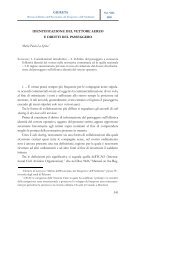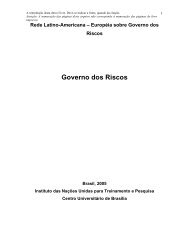Rome II and Tort Conflicts: A Missed Opportunity Abstract Contents
Rome II and Tort Conflicts: A Missed Opportunity Abstract Contents
Rome II and Tort Conflicts: A Missed Opportunity Abstract Contents
You also want an ePaper? Increase the reach of your titles
YUMPU automatically turns print PDFs into web optimized ePapers that Google loves.
SYMEON C. SYMEONIDES ROME <strong>II</strong> AND TORT CONFLICTS<br />
104<br />
the law of that country applies to the exclusion of the lex loci. This exception is<br />
repeated in Article 5 on product liability, Article 6 on unfair competition cases in<br />
which the competition affects “exclusively” the interests of a specific competitor, 105<br />
106<br />
<strong>and</strong> Article 9 on industrial action. In contrast, this exception does not apply to other<br />
unfair competition cases, cases falling within Article 7 on environmental torts, or<br />
Article 8 on infringement of intellectual property rights. One can infer that the reason<br />
for this exclusion is an implicit recognition that cases involving the latter categories<br />
of cases implicate broader societal interests that go beyond the interests of the<br />
litigants.<br />
In adopting the common-domicile exception, <strong>Rome</strong> <strong>II</strong> joins the majority of<br />
recent PIL codifications <strong>and</strong> international conventions in accepting the premise that<br />
when both the tortfeasor <strong>and</strong> the victim are affiliated with the same state or state<br />
(through nationality, domicile, or habitual residence) that state has the best claim to<br />
determine their respective rights <strong>and</strong> obligations, even if the tort occurred entirely in<br />
another state. This notion is implemented either through a common-domicile rule (as<br />
in the codifications of Louisiana, Puerto Rico, Switzerl<strong>and</strong>, Quebec, Belgium, <strong>and</strong> the<br />
107<br />
Hague Convention on Products Liability), or through an exception from the lex loci<br />
rule. The exception is phrased either in common-domicile or common-habitual<br />
108<br />
residence language (as in the Dutch, German, <strong>and</strong> Hungarian codifications), or in<br />
common-nationality language (as in the Italian, Polish, <strong>and</strong> Portuguese<br />
109<br />
codifications).<br />
Article 4(2) also mirrors parallel developments in the United States. As<br />
110<br />
documented elsewhere, 32 of the 42 cases decided since the 1960s in which an<br />
104. Art. 13 provides that the habitual residence of companies <strong>and</strong> other corporate or unincorporated<br />
bodies is the place of their central administration <strong>and</strong>, for injuries caused or sustained in the<br />
course of operation of a branch, the place where the branch is located. Art. 13 also provides that<br />
the habitual residence of a natural person acting in the course of his or her business activity is<br />
his or her principal place of business.<br />
105. ROME <strong>II</strong>, art. 6(2).<br />
106. This escape is also repeated in the art. 10-12, dealing with unjust enrichment, negotiorum<br />
gestio, <strong>and</strong> culpa in contrahendo, which are not discussed here. However, the escape becomes<br />
operable only if the primarily applicable law “cannot be determined.”<br />
107. See LA. CIV. CODE ANN. art. 3544(1); PUERTO RICO DRAFT CODE art. 47(a); SWISS PIL ACT,<br />
art. 133; QUEBEC CIV. CODE, art. 3126; BELGIAN PIL CODE, art. 99 (1); HAGUE PRODUCTS<br />
LIABILITY CONVENTION, art. 5.<br />
108. See DUTCH PIL ACT, art. 3(3); EGBGB art. 40(2); HUNGARIAN PIL DECREE § 32(3).<br />
109. See ITALIAN PIL ACT, art. 62; POLISH PIL ACT, art. 31(2); PORTUGUESE CIV. CODE, art. 45. For<br />
an exception that displaces the lex loci when the parties have either a common nationality or a<br />
common habitual residence, see CHINA’S MODEL DRAFT LAW OF PIL, art. 114 (6th Draft 2002).<br />
110. For citations <strong>and</strong> discussion, see SYMEONIDES, THE CHOICE-OF-LAW REVOLUTION 145-59;<br />
EUGENE SCOLES, PETER HAY, PATRICK BORCHERS & SYMEON C. SYMEONIDES, CONFLICT OF<br />
(continued...)<br />
56 AMERICAN JOURNAL OF COMPARATIVE LAW (2008) PAGE 22 OF 46



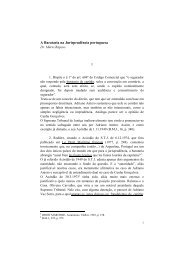

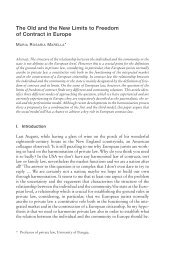

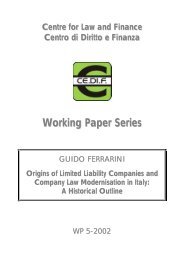
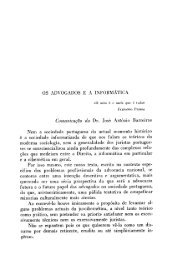
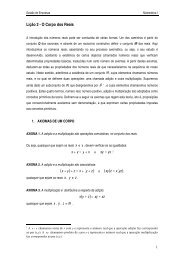
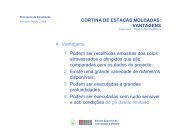
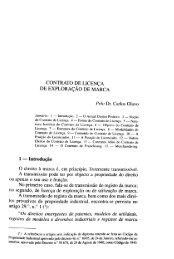
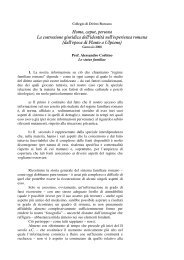
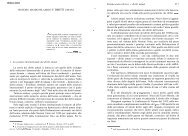

![Luigi Sapio Nozione di islām La parola “islām” [ ] è il mas.dar1 ...](https://img.yumpu.com/15836073/1/185x260/luigi-sapio-nozione-di-islam-la-parola-islam-e-il-masdar1-.jpg?quality=85)
